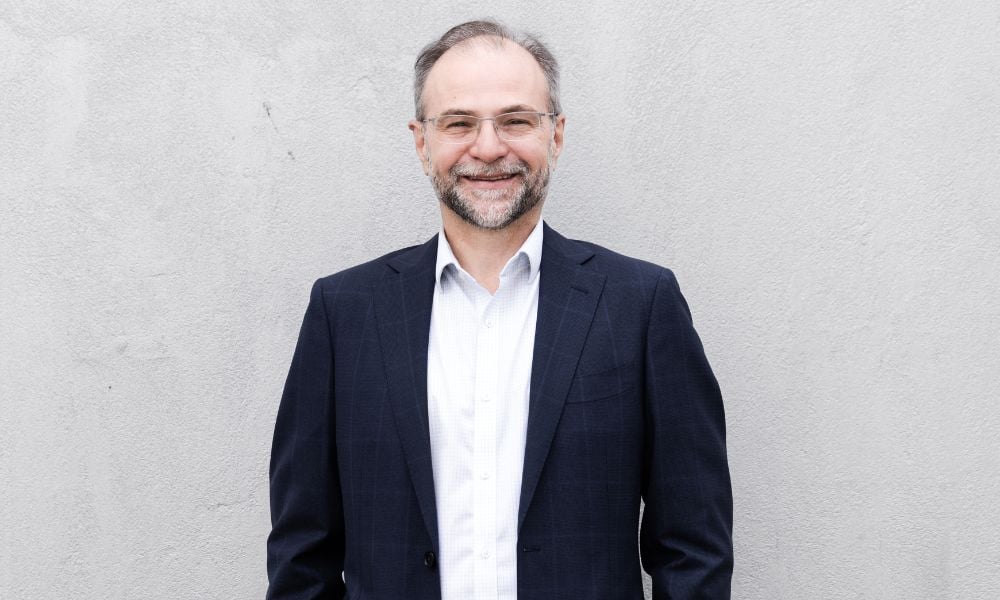Home loan rate changes also announced

As the dust settles after the widely anticipated interest rate hike on Melbourne Cup Day, Bendigo and Adelaide Bank is advising Australians to brace for a sustained period of higher interest rates into 2024.
“The Cup Day rate increase was well anticipated after the recent CPI data, where core inflation accelerated to 1.2% for the third quarter alone, as well as a range of other factors all pointing to an even slower return to the RBA target,” said David Robertson (pictured above), Bendigo and Adelaide Bank chief economist.
Risk of further interest rate hikes
In his November Economic Update, Robertson said that while back-to-back increases at the December meeting are not expected, the risk of further rises in 2024 is real.
He said that since the July pause in rate hikes, Bendigo and Adelaide expected the RBA to implement a tighter policy by year-end due to sticky services inflation, with rate cuts not likely to occur until 2025 – an outlook reinforced by recent CPI data showing both goods and services prices have been less responsive to higher interest rates than expected.
“In contrast to other comparable central banks, who started their tightening cycles earlier than the RBA (and are now on hold), Australia’s official cash rate is back on the ascent, although a back-to-back hike in December is most unlikely,” Robertson said.
“With the RBA statement on Tuesday noting the painful squeeze on household finances, and the longer than usual lag in this tightening cycle impacting prices, they remain ‘resolute’ in dealing with inflation.”
Challenges and resilience in the job market
The Bendigo Bank chief economist acknowledged the challenges posed by a tight labour market in bringing core inflation back on target.
“Having a 3.6% unemployment rate is a two-edged sword,” Robertson said. “On one hand, strong demand for labour is supporting the cost-of-living crisis, however the unique nature of the post-pandemic economy means a more resilient jobs market in Australia makes the RBA’s job of dealing with inflation even more challenging.”
He said unlike in other nations where labour market tightness is diminishing, Australia has not exhibited a similar trend.
Household spending and inflation expectations
An additional hurdle faced by the RBA, the economist said, is robust household spending, despite the extent of previous rate hikes so far.
“The September retail sales data showed that household spending was up 5% year-on-year, and while that growth rate was over 9% for non-discretionary items, even discretionary spending was slightly higher than a year ago,” Robertson said.
“While non-discretionary spending was sharply higher for transport, healthcare and food, there were also increases for discretionary items such as recreation, cafes, and accommodation.”
A key question for RBA is the extent to which households are adapting to rising prices, prompting them to make purchases in anticipation of future cost increases —in other words, inflation expectations.
“While we’re not expecting another rate hike next month, the risk of another increase in February or May (after the next quarterly CPI releases) is material, and while economic growth and the jobs market have remained resilient, it’s important to be realistic about the timing of any interest rate relief, and to budget accordingly,” Robertson said.
Interest rate adjustments
Bendigo Bank promptly responded to RBA’s latest interest rate hike by announcing changes to the pricing of its home loan products. Effective November 17, home loan customers on variable rate loans will experience a 0.25% p.a. increase.
Get the hottest and freshest mortgage news delivered right into your inbox. Subscribe now to our FREE daily newsletter.



